Utilizing high-quality equipment from trusted brands is a great way to improve your brewing experience, but spending more money isn’t the only way to brew the best cup possible. Even with a more budget-friendly brewing setup, a great cup can be achieved. There are various elements that can be altered for manual brewing that have less to do with equipment than they do with the recipe and brewing environment.
We asked our team of coffee experts to share some of their top tips for ensuring you get the best coffee possible, regardless of your gear. Check out their thoughts below!
Featured Partners Team Members
Sam K. | Green Coffee Buyer & Head Roaster
Cary W. | Director of Coffee
Water Quality
Since filter coffee is 98-99% water, using good filtered water is key. If your local water isn’t ideal, I recommend using mineral packets like Third Wave Water or Lotus Water. It’s a bit of an investment, but you’ll be surprised how much these additions elevate your coffee. (Cary W.)
The concentration of minerals in your water impacts its success as a solvent. Good water is crucial to good coffee, full stop. In our quality control lab in Brooklyn, we assess our coffees daily with filtered New York City tap water, which is relatively soft and neutral tasting. Our coffees are therefore designed to taste good under these circumstances; if you have hard water, your coffee may taste different than it does in our lab and in our cafes.
With these variable factors in mind, we recommend using a water filter like Brita or Pur (bottled spring water works well in a pinch). If you are in a hard water area or if your water isn't clean and neutral tasting, distilled water (or reverse osmosis water or a Zero Water filter), remineralized with Third Wave Water or a similar product can be a fantastic way to bring your water to a more ideal range for coffee. For coffee brewing, we don't recommend using distilled water or another low-TDS solution without remineralizing it. (Sam K.)
Full-Immersion vs. Pour Over Brewing
Generally speaking, full immersion brewers (like French Press or AeroPress) are forgiving of, or even reward, longer brew times because water that is already concentrated with dissolved coffee is a less effective solvent than fresh water. In other words, you're less likely to significantly over-extract your coffee using one of these methods.
Pour over brewers, on the other hand, are more sensitive to brew time. We'll almost always suggest a minimum brew time of 2:30 (between the start of the bloom and the time all of the water has passed through the bed of coffee). Beyond that, the ideal brew time is more circumstantial:
If you're brewing a larger volume of coffee, grind slightly coarser and expect a slightly longer total brew time.
Certain coffees, but especially Ethiopian coffees and decafs, drain very slowly by nature (and this is okay, but you’ll typically want to grind coarser as a starting point).
A pour over brewer with a large opening at the bottom (like a V60) will allow coffee to exit the brewer faster; this favors a slightly finer grind.
A pour over brewer with small openings at the bottom (like a Kalita Wave) will slow the passage of coffee out of the brewer; this may favor a slightly coarser grind.
Ultimately with pour overs the key is to observe the way water moves through the bed of coffee, and to taste the results. (Sam K.)
Extraction
If there are lots of coffee particles clinging to the walls of the filter, rather than laying flat in the bed of spent grounds, your extraction isn't likely to be very even, and you might want to consider (very) gently stirring or swirling the brewer when you've finished a pour.
It's also possible for under-extraction and overextraction to present simultaneously in a brew, especially if your grind quality is not very uniform. It can be counterintuitive, but sometimes the solution of this can be to grind slightly finer, even when over-extracted flavors are present. I find that some grinders produce more fines at coarser grind settings (or perhaps the fines they do produce at any grind setting are more problematic the coarser you go). (Sam K.)
My Brew Is Taking Longer Than The Recipe Says - What Should I Do?
If your brew time is running long, the first thing to check is your grind size. Try going coarser to speed up the extraction. But before tossing your brew, give it a taste. It might taste better than you expect. (Cary W.)
My Brew Is Tasting Weak - How Do I Fix It?
If your coffee tastes weak, start by checking your coffee-to-water ratio. I recommend a 1:16 ratio starting point. Then try adjusting your grind slightly finer for better extraction. Lastly, check your water temperature. If it’s too cool, it won’t have the energy to extract all the great flavors from your coffee. (Cary W.)
When Should I Grind Coarser?
If your coffee tastes bitter or astringent, it’s likely over-extracted; try a coarser grind. (Cary W.)
If your brew finishes and the bed of grounds looks "muddy," that's the product of lots of fine particles, and you may want to try grinding coarser. If the taste is harsh, astringent, bitter, or intense, consider grinding coarser to reduce extraction. (Sam K.)
When Should I Grind Finer?
If your coffee tastes flat or watery, it’s likely under-extracted; try a finer grind. (Cary W.)
If your brew time is less than 2:30, or if you're finding the brewer drains completely between pours, you likely need a finer grind. If the coffee is weak, tart, or lacking sweetness, consider grinding finer to increase extraction (or increasing brewing temperature). (Sam K.)
Equipment Cleaning
Clean brewing equipment makes your coffee taste better (ignore anyone who says the secret to good coffee is a patina of dried coffee oils encrusting the brewer, and please swat them away). We recommend Cafiza by Urnex; a little does a lot. We generally don't advise dish soap because the scent of it tends to linger, and this is critically true of rubber gaskets (like the kinds used to make travel mugs leak resistant). (Sam K.)
Additional Articles
Questions? Need brewing assistance? Email us at help@partnerscoffee.com!
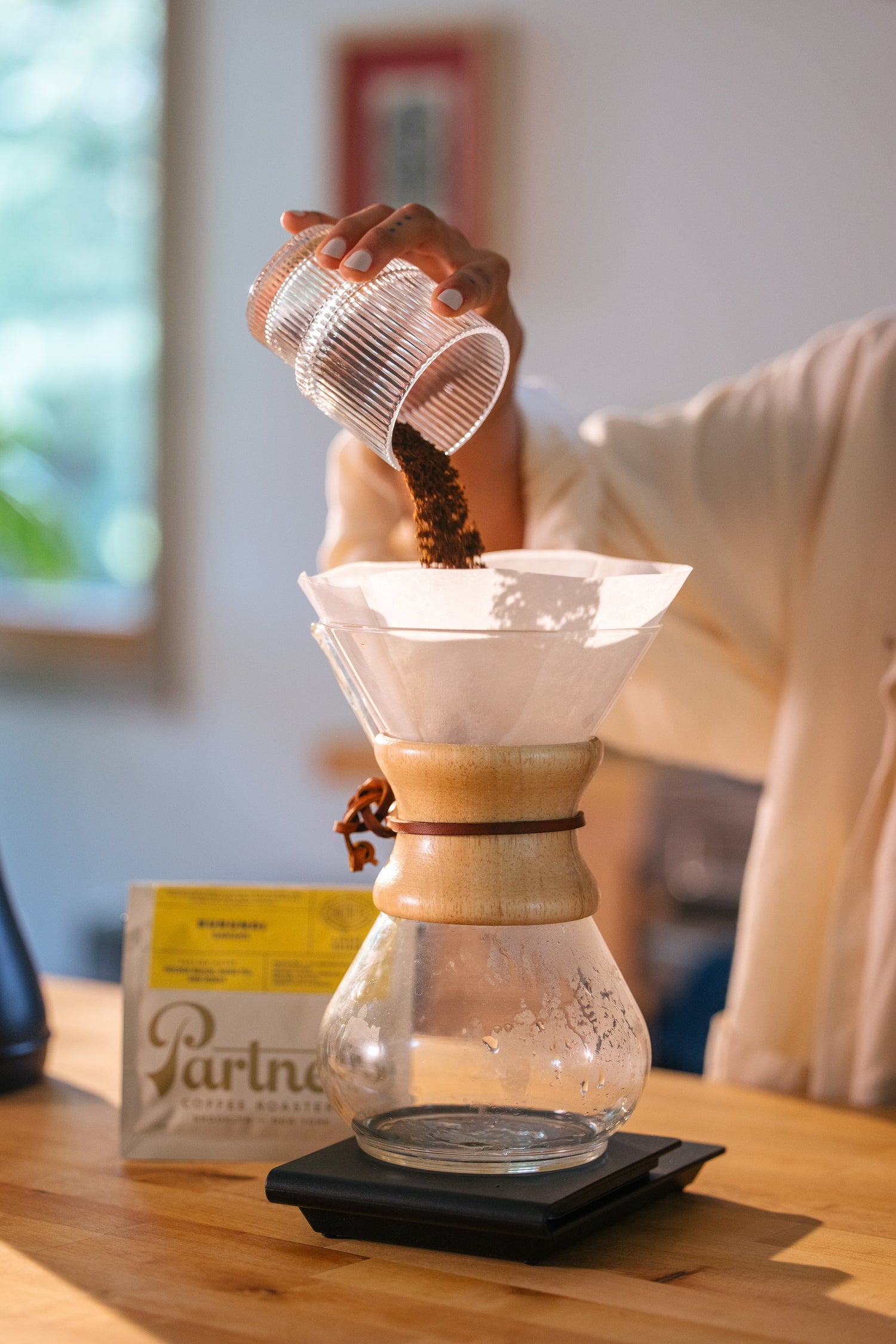
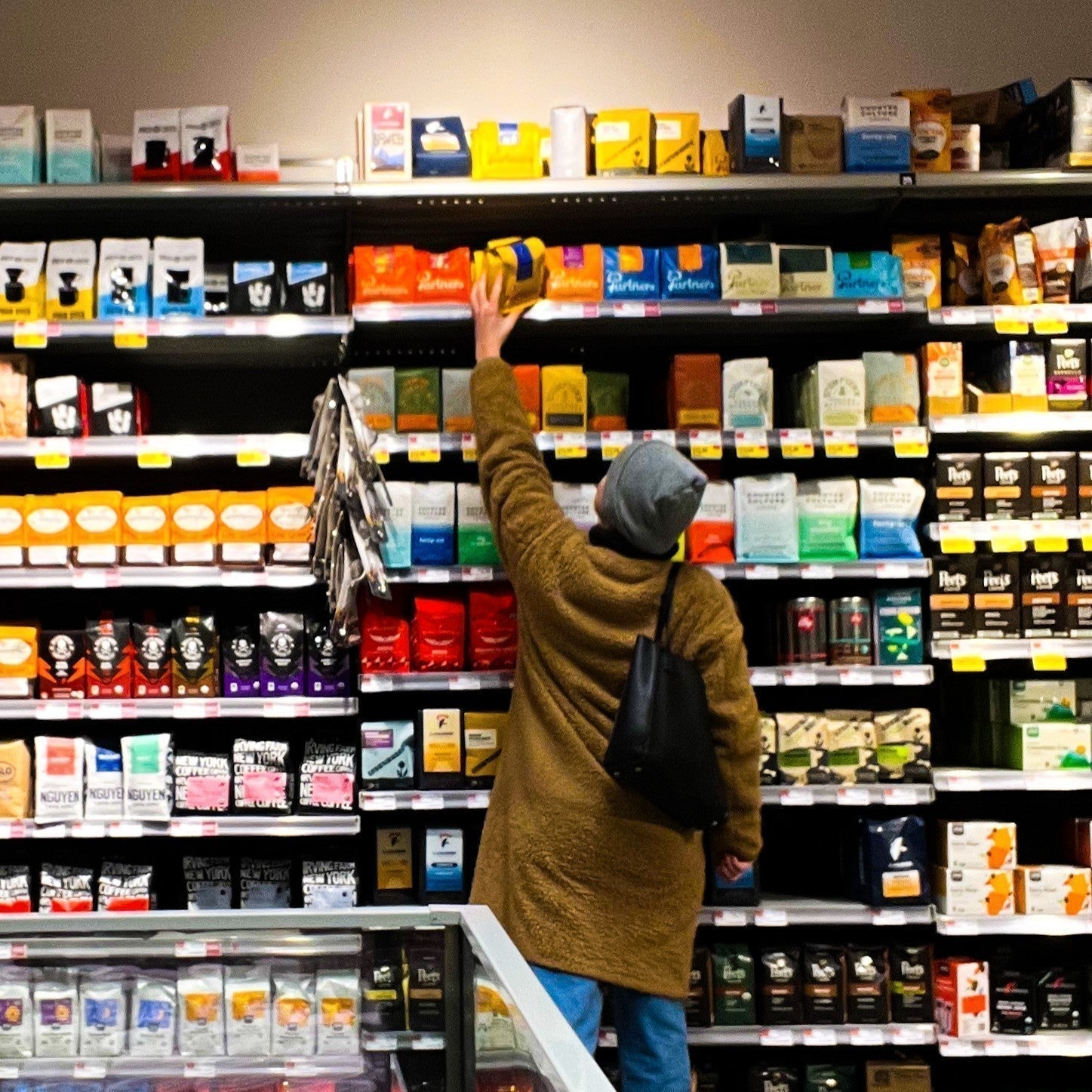
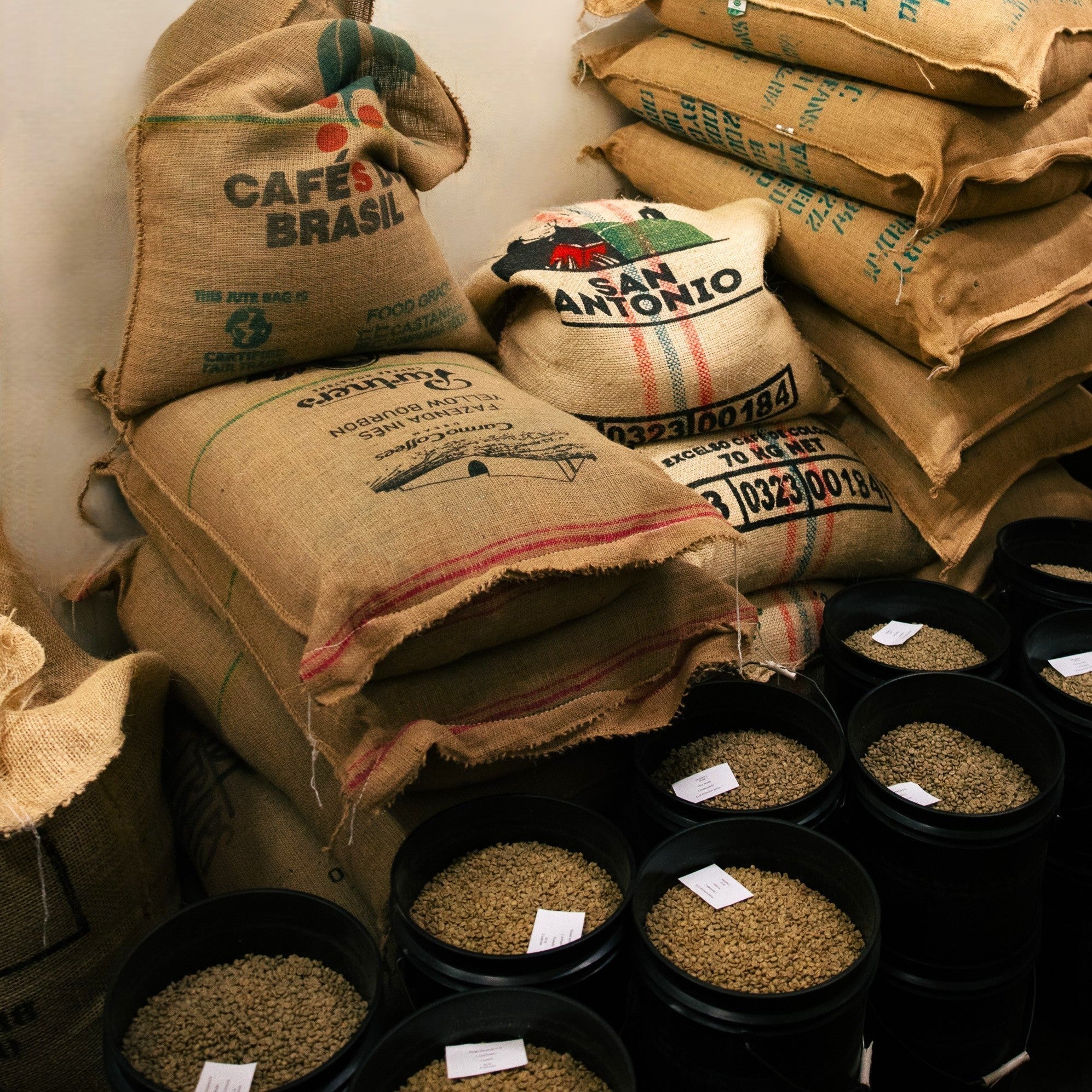
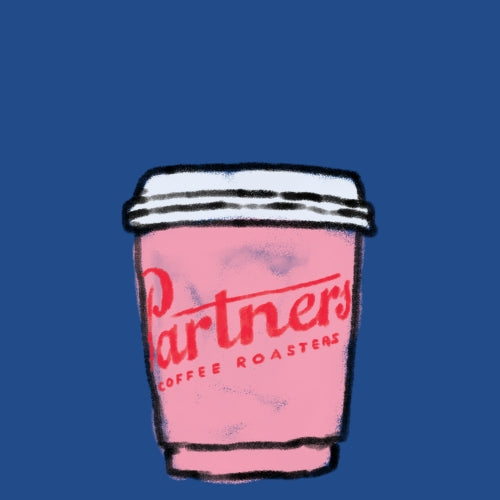
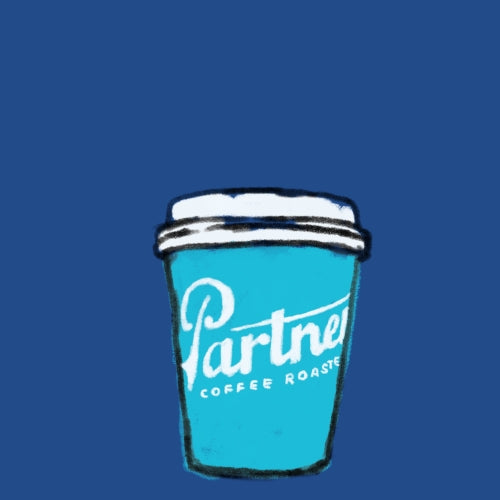
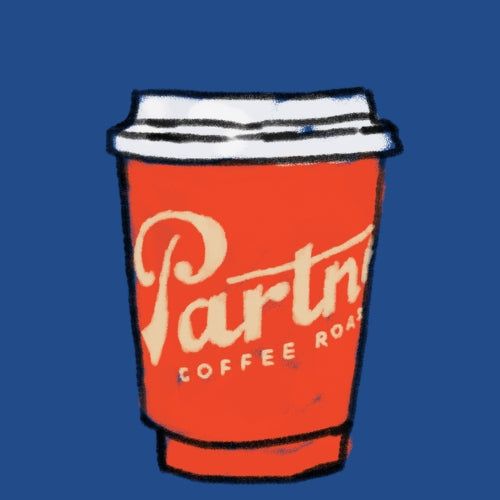
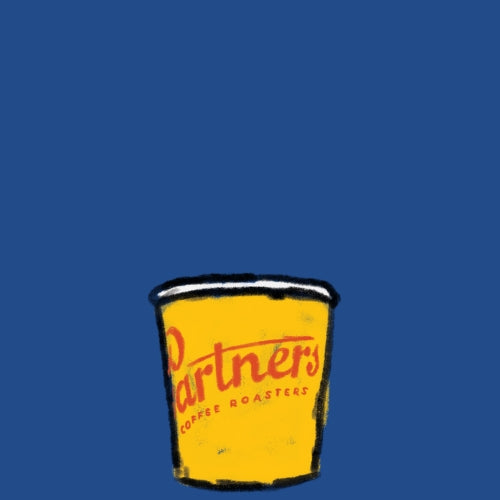
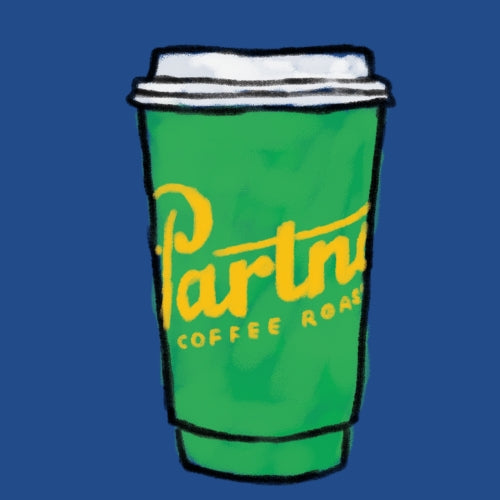
Leave a comment
This site is protected by hCaptcha and the hCaptcha Privacy Policy and Terms of Service apply.